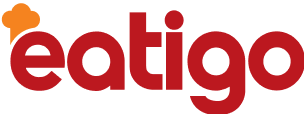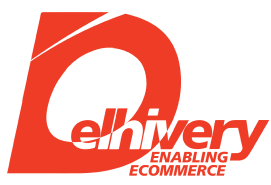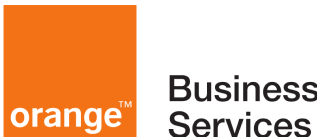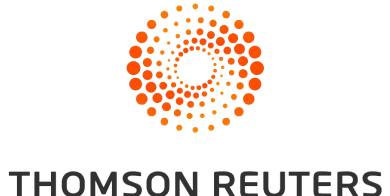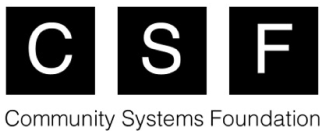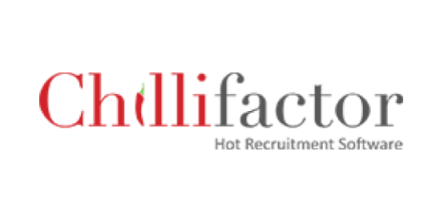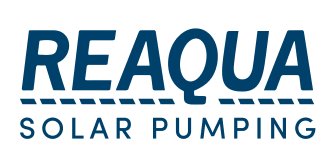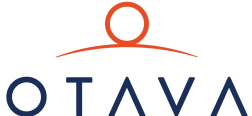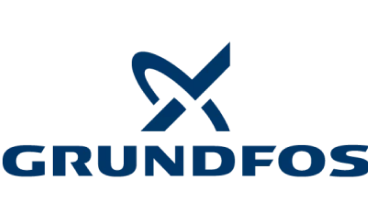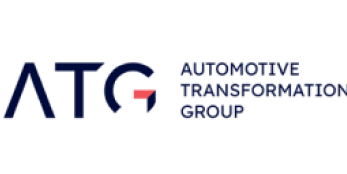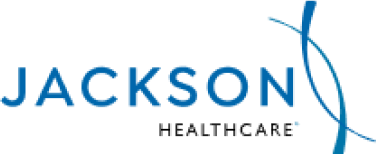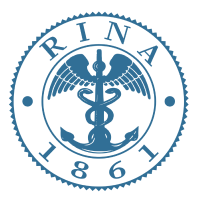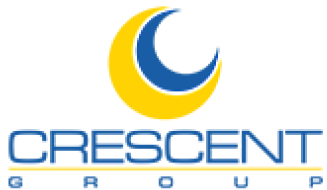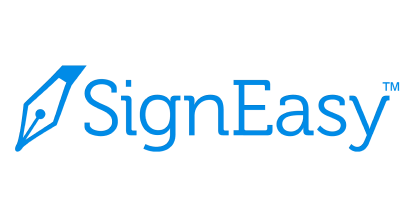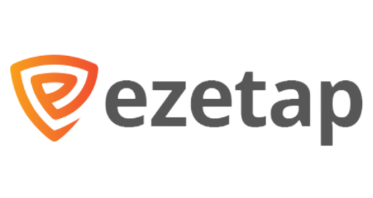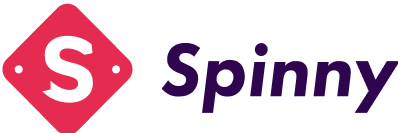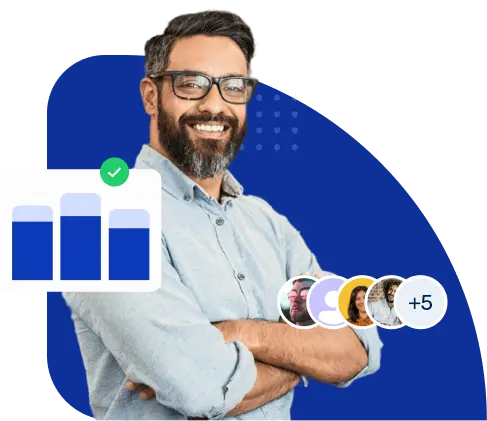Ways Bing Ads Help to Capture a High-Intent Audience
Bing Ads gives you direct access to a high-value audience, ready to click, engage, and convert. Here’s how we make it work for you:
Microsoft-Powered Reach
Bing connects you with users across Windows, Edge, and Outlook, often during key decision-making moments.
- Reach users across the Microsoft ecosystem
- Ideal for B2B, finance, and software verticals
- Higher desktop usage = more purchase-ready users
Low-Cost, High-Intent Keywords
Less competition means you pay less for more valuable clicks.
- Lower CPCs vs. Google Ads
- Easier top-of-page ad placement
- Better ROI on niche, buyer-intent keywords
Premium Buyer Demographics
Bing’s user base includes older, more affluent professionals who are further down the funnel.
- High-income, college-educated audience
- Strong intent across B2B and high-ticket items
- Great fit for SaaS, healthcare, and luxury goods
Smarter Audience Targeting
Tap into real purchase signals using advanced targeting tools.
- In-market audiences and custom segments
- LinkedIn profile targeting by industry or job role
- Behavioral targeting backed by Microsoft data
Effective Retargeting Options
Bring back warm leads with smart remarketing strategies.
- Re-engage cart abandoners and site visitors
- Run dynamic remarketing for product ads
- Stay visible throughout the decision journey
Boost ROAS While Cutting CPC on Bing
Bing Ads typically have 30-40% lower cost-per-click compared to Google, giving you more clicks for the same budget. But it’s not just about cheaper traffic; it’s about more qualified traffic.
Bing users tend to be older, more affluent, and more likely to convert, especially in B2B and high-ticket markets. With less competition and smarter targeting, your ads get seen by real decision-makers ready to buy.
What you get with our Bing Ads campaigns:
- Up to 2.5X better ROAS in specific verticals like SaaS, healthcare, and B2B
- Lower CPCs with no drop in quality or intent
- Higher conversion rates from more engaged searchers
We don’t just run cheaper ads, we turn underused channels like Bing into real profit centers for your brand.
Tips to Scale Smart with Microsoft Audience Network
Microsoft’s Audience Network lets you extend your reach beyond Bing search into Outlook, MSN, Microsoft Edge, and more. But scaling here takes more than just flipping a switch. We help brands grow smart with precise targeting, creative optimization, and budget control. Here’s how:
Start with High-Intent Audiences
Begin by retargeting site visitors and cart abandoners across Microsoft properties. These users already know your brand and are more likely to convert.
- Retarget warm audiences with tailored visuals
- Use Customer Match to reconnect with existing buyers
Test Creative That Converts
Unlike search ads, the Audience Network is visual. We test multiple creatives and formats from static banners to responsive ads to learn what drives action.
- A/B test headlines, imagery, and CTAs
- Use branded templates to build recognition fast
Optimize for Every Device
Microsoft users span desktop, mobile, and tablet. We tailor campaigns per device to improve performance across the funnel.
- Adjust bids based on device-level data
- Ensure ad formats render perfectly on all screens
Control Spend While Scaling
Don’t burn the budget by going too broad too fast. We incrementally expand targeting and placements, using performance data to guide every move.
- Scale campaigns based on CPA and ROAS thresholds
- Pause low-performing placements automatically
Track Everything
With unified analytics, we track how the Audience Network contributes to conversions even across assisted paths so you can invest with confidence.
- Full-funnel attribution dashboards
- Cross-platform conversion insights
Steps to Optimize Bing Ads for Voice and AI-Driven Search Trends
With more users speaking their queries and relying on AI tools like Copilot and ChatGPT, optimizing your Bing Ads for voice and AI-driven search is no longer optional; it’s essential. Here are some steps to optimize Bing Ads for voice and AI-driven search trends:
Use Natural, Conversational Keywords
Voice searches are longer and more conversational than typed ones. We build keyword strategies around full questions and long-tail phrases like “Where can I buy eco-friendly office chairs near me?”. Here’s how:
- Optimize for how people talk, not just how they type
- Target question-based and intent-rich queries
Structure Ads Around User Intent
AI tools prioritize answers over ads unless your ad matches intent perfectly. We create copy that mirrors the language of spoken questions and delivers immediate, helpful value. Here’s what you can do:
- Align ad headlines and descriptions with voice-triggered queries
- Highlight direct benefits and quick answers
Use Microsoft AI & Copilot Ecosystem
Bing powers Microsoft Copilot, Outlook, Edge, and other tools. We help your brand appear across all these AI-assisted touchpoints by optimizing ad placements for visibility in the full Microsoft ecosystem:
- Expanding reach beyond traditional Bing SERPs
- Getting was discovered through AI-powered product recommendations
Add Location and Schema Markup
Voice searches are often local (“nearest,” “open now,” “close to me”). We enhance your Bing campaigns with geo-targeting and local intent strategies, and use structured data to help AI understand your offerings. Here’s how:
- Boost visibility in map packs and local voice search
- Improve ad relevance for regional and mobile queries
Optimize for Featured Snippets & Rich Answers
Bing’s AI pulls from structured, high-authority content. We help create landing pages and content blocks that AI can pull into featured results, making your ads more clickable. Here’s what you can do:
- Increase chances of being the “spoken answer”
- Improve visibility in Bing Chat and voice devices




